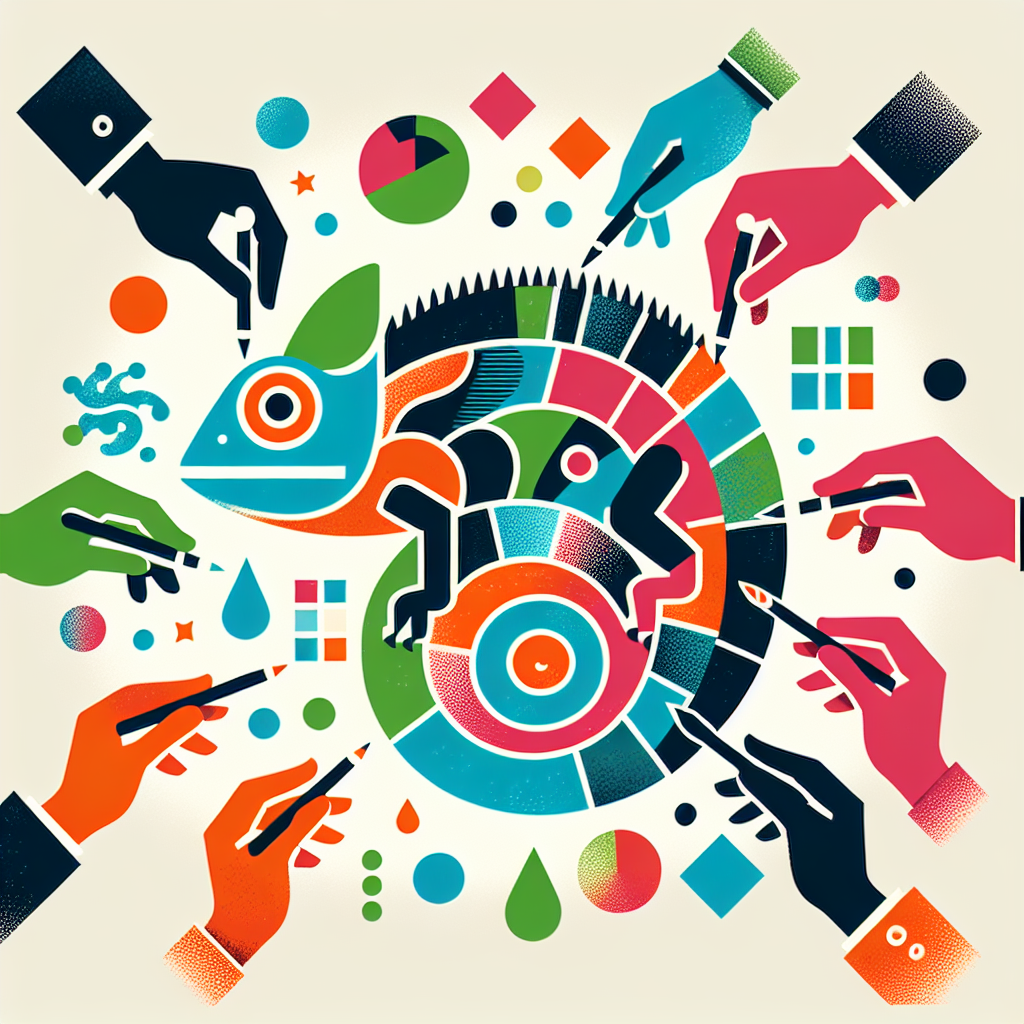Introduction
In an era characterized by rapid change and an overwhelming influx of information, customizing content has become vital for success. Whether you’re a marketer seeking to engage a diverse audience or an educator aiming to captivate students, the principle remains the same: feel free to modify them to better fit your target audience or specific focus! Untapped potential lies in the power of customization, and in this article, we will explore why it’s essential and how it can elevate your communication strategies.
Understanding the Importance of Customization
Why Modify?
Customization allows you to speak directly to your audience, increasing engagement and relevance. Audiences today crave personalized experiences. Reports indicate that 85% of consumers are more likely to make a purchase after a personalized experience. When you modify your content to better fit your target audience or specific focus, you’re not just delivering material; you’re offering value.
Real-World Applications of Customization
To illustrate the significance of customization, let’s analyze a few engaging case studies.
Case Study 1: Nike’s "Just Do It" Campaign
Nike has long been a pioneer in customizing marketing messages to cater to various demographics. The "Just Do It" slogan has been adapted globally, resonating with diverse communities. Whether they focus on athletes, fitness enthusiasts, or everyday consumers, Nike has shown us how to modify them to better fit your target audience or specific focus!
Analysis: By tailoring their message, Nike successfully builds a sense of belonging, turning consumers into loyal advocates.
The Benefits of Customizing Content
When you modify content, you unlock several advantages:
- Enhanced Engagement: Audiences will invest more time in content that resonates with them.
- Increased Conversion Rates: Customized messages can lead to improved sales and lead generation.
- Better Brand Loyalty: Personalization fosters trust and allegiance.
Customization Techniques You Can Implement
1. Know Your Audience
Understanding who they are is the first step in knowing how to modify them to better fit your target audience or specific focus! Utilize surveys and analytics tools to gather insights about your audience’s preferences, interests, and pain points.
Tool Spotlight: Google Analytics
Google Analytics provides a plethora of data that can inform your customization strategy, allowing you to tailor content accurately.
2. Create Buyer Personas
Buyer personas help in visualizing your audience. Developing detailed profiles will enable you to modify your approach effectively.
| Persona | Demographics | Needs | Content Type |
|---|---|---|---|
| Fitness Enthusiasts | Ages 25-35 | Advanced workout tips | Video Tutorials |
| Busy Parents | Ages 30-45 | Quick health tips | Infographics |
3. Segment Your Audience
Segmentation is crucial. Break your audience into smaller groups based on specific characteristics like behaviors or demographics. Tailor your content so that it speaks directly to each segment.
Example: Email Campaigns
When executing an email campaign, segmenting your recipients can lead to personalized messages that yield higher open rates—demonstrating how to modify them to better fit your target audience or specific focus!
4. Use Dynamic Content
Dynamic content changes based on user behavior. Leveraging templates that adjust according to the user’s preferences is an effective way to personalize experiences.
Real-World Example: Netflix
Netflix employs dynamic content to recommend shows based on viewing habits, exemplifying the essence of customization.
Measuring the Impact of Customization
Key Performance Indicators (KPIs)
To know if your modifications are successful, you need to measure the right metrics:
- Engagement Rate: Comments, shares, and likes indicate how well your content resonates.
- Click-Through Rate (CTR): A higher CTR reflects effective customization.
- Conversion Rate: Ultimately, this metric shows if your modifications resulted in desired actions.
Tools for Measuring Success
- HubSpot: Offers insights into email performance and other marketing efforts.
- Social Media Analytics: Instagram Insights and Facebook Analytics allow you to measure engagement.
Overcoming Challenges in Customization
Customization isn’t without its hurdles. Below are some common challenges and how to address them.
1. Lack of Data
You need quality data to tailor effectively. If data collection is a challenge, start with simple surveys and basic analytics tools to begin a tracking process.
2. Maintaining Consistency
While customizing, ensure your brand’s voice remains consistent across various platforms. Create style guides to ensure uniformity.
3. Avoiding Information Overload
Don’t overwhelm your audience with too many options. Balance customization with clarity, ensuring that they don’t feel lost in a sea of choices.
Conclusion
In today’s interconnected world, the essence of effective communication lies in the ability to modify content to better fit your target audience or specific focus! By harnessing the power of customization, you can create meaningful interactions, foster brand loyalty, and drive conversions. It’s a powerful technique that, when done thoughtfully and strategically, can yield exceptional results.
Motivational Takeaway
Embrace the art of customization. By putting forth effort into understanding and adapting your content, you lay the groundwork for lasting relationships with your audience. Don’t hesitate; start modifying and watch your engagement soar!
FAQs Section
1. What are the key benefits of customizing content?
Customizing content enhances engagement, increases conversion rates, and fosters brand loyalty.
2. How can I better know my audience?
Utilize surveys, social media insights, and analytics tools to gather relevant data about your audience’s preferences and behaviors.
3. What tools are effective for analyzing audience data?
Google Analytics and HubSpot are fantastic tools for logging user behavior and preferences effectively.
4. Can segmentation be applied to all content types?
Yes, segmentation can be applied to emails, social media posts, website content, and more.
5. What should I do if I lack data to modify my content?
Start with basic surveys and analytics tools to begin collecting data, laying the foundation for effective customization over time.
With the right strategy and willingness to adapt, you’ll be well on your way to making content that truly resonates. Remember: Feel free to modify them to better fit your target audience or specific focus! Your audience is waiting for a message designed just for them.

